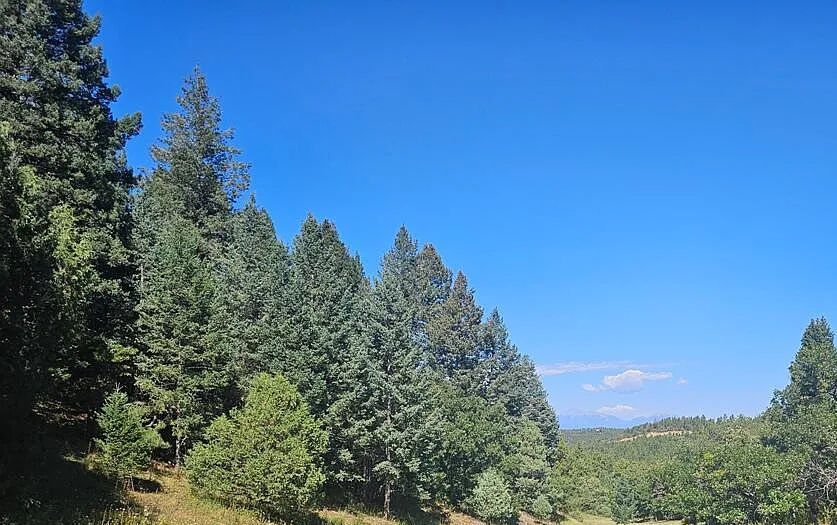Homesteading: A Beginner's Guide
- Dr. G
- Apr 2
- 2 min read

Creating a non-toxic homestead is an enriching journey that emphasizes sustainable living and a healthier lifestyle. For beginners, this path can seem overwhelming, but it can be simplified into manageable steps. This guide will explore various aspects, including natural bath and body products, thrift store tips, DIY cleaning supplies, and more.
1. Understanding Non-Toxic Living
The first step in your journey is to understand what non-toxic living entails. This lifestyle focuses on reducing exposure to harmful chemicals found in everyday products. By opting for natural alternatives, you can create a safer environment for yourself and your family.
2. Natural Bath and Body Products
One of the easiest ways to start your non-toxic journey is by switching to natural bath and body products. Here are some tips:
Research Ingredients: Familiarize yourself with harmful chemicals commonly found in personal care products, such as parabens and sulfates.
DIY Recipes: Consider making your own products. Simple recipes for lotions, scrubs, and shampoos can be made using natural ingredients like coconut oil, essential oils, and shea butter.
Buy from Trustworthy Brands: If DIY isn't your style, look for brands that prioritize natural ingredients and sustainable practices.
3. Thrift Store Tips
Thrift stores are treasure troves for sustainable living. Here’s how to make the most of them:
Clothing and Textiles: Look for second-hand clothing and linens to reduce waste and avoid harmful dyes.
Home Goods: Find kitchenware, furniture, and decor items that are often more durable than their modern counterparts.
Upcycling Projects: Purchase items that can be upcycled into new creations, promoting a zero-waste lifestyle.
4. DIY Cleaning Supplies
Creating your own cleaning supplies is not only cost-effective but also a great way to avoid toxic chemicals. Here are some simple recipes:
All-Purpose Cleaner: Mix equal parts vinegar and water in a spray bottle. Add essential oils for fragrance.
Baking Soda Scrub: Combine baking soda with water to create a paste for scrubbing surfaces.
Window Cleaner: Use a mixture of vinegar and water for streak-free windows.
5. Embracing Sustainable Practices
In addition to personal care and cleaning, consider integrating sustainable practices into your daily life:
Gardening: Start a small garden to grow your own herbs and vegetables, promoting self-sufficiency.
Composting: Reduce waste by composting kitchen scraps and yard waste, enriching your garden soil.
Energy Efficiency: Implement energy-saving measures in your home, such as using LED bulbs and reducing water usage.
6. Community and Resources
Connecting with like-minded individuals can enhance your journey:
Join Local Groups: Look for community groups focused on sustainable living, gardening, or DIY projects.
Online Resources: Utilize blogs, forums, and social media to share tips and gain inspiration.
Workshops and Classes: Attend workshops on natural product making, gardening, or sustainable practices.
Conclusion
Starting your journey toward a non-toxic homestead through sustainable living is a rewarding endeavor. By focusing on natural bath and body products, thrift store finds, DIY cleaning supplies, and embracing sustainable practices, you can create a healthier environment for yourself and your family. Remember, every small step counts, and with patience and determination, you can cultivate a thriving, non-toxic lifestyle.



Comments